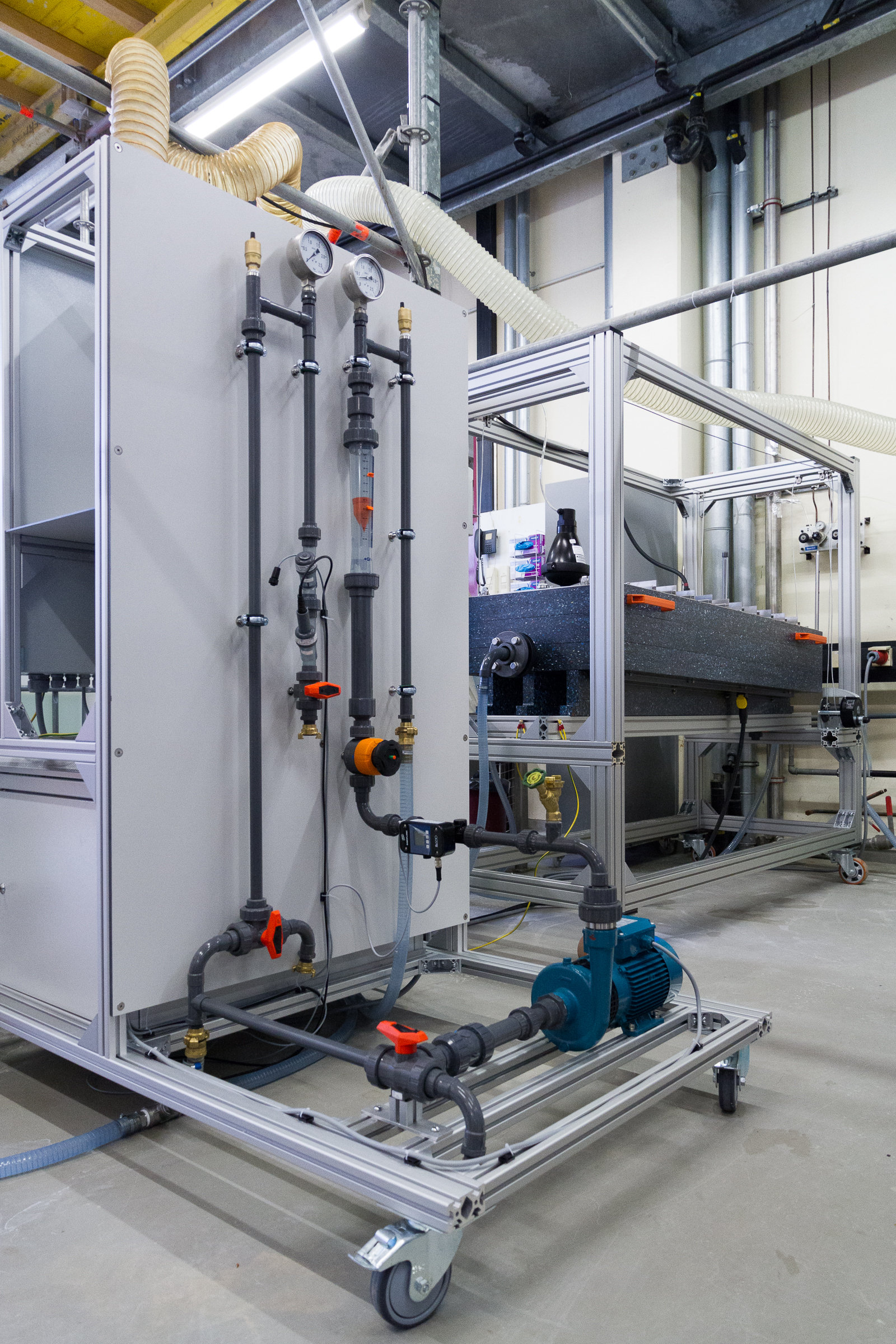IFAT 2016 in Munich
Fertilizer from wastewater
Fraunhofer researchers have developed a system that can be used to obtain fertilizer from wastewater for direct use in agriculture. The process itself is particularly eco-friendly. The scientists showcase it on IFAT, world‘s leading trade fair for water, sewage, waste and raw materials management from May 30 to June 3, 2016 in Munich (hall A5, booth 217/316).

Demand in agriculture for phosphate-based fertilizers is growing steadily. At the same time, the purity of reservoirs is declining, which means extracting and preparing phosphorus is getting more difficult and therefore more expensive. In addition, Europe is largely dependent on imports of phosphorus from countries such as Morocco and Russia. Researchers at the Fraunhofer Institute for Interfacial Engineering and Biotechnology IGB in Stuttgart developed the electrochemical process ePhos® that would recover phosphorus from wastewater without relying on chemicals or harming the environment. When installed at water treatment plants, it allows fertilizer to be obtained from wastewater, and in a form that is ready for use in food production.
Resource in demand
Since there is no substitute for phosphorus, efforts are focusing more on tapping existing reserves of it, found in process water from treatment plants and residues from biogas plants. The demand for nitrogen-based fertilizer is also on the rise; however, its cost is increasing as well, not least because producing it requires an inordinate amount of energy. The idea of recovering these nutrients is therefore becoming all the more appealing. What’s been missing, however, is a suitable and cost-effective process for doing so. One example is ePhos®.
At the heart of this technology is an electrolysis cell that makes it possible to extract nitrogen and phosphorus using a magnesium electrode, resulting in either struvite (magnesium ammonium phosphate) or potassium struvite. “Struvite is free of biomass and can be used directly in agriculture as a high-quality fertilizer that releases nutrients slowly,” explains Dr. Iosif Mariakakis, project manager at Fraunhofer IGB. What’s really special about the process is that it is purely electrochemical: unlike traditional methods, there’s no need to add salt or lye. “This is also good news for water treatment plant operators – the process is very straightforward and doesn’t require them to stock chemicals,” Mariakakis continues.
Meanwhile, the researchers are busy developing their reactor concept further. “We plan to expand ePhos® by adding processing modules that allow water treatment plants to recover ammonium, too,” says Mariakakis.
Results from long-term trials at the first treatment plant to pilot the technology are convincing: the process was able to recover about 85% of the phosphorous on average. “Our method is also suitable for the food industry and for processing service water,” Mariakakis adds. The only condition is that the water to be processed must contain plenty of phosphate.
 Fraunhofer Institute for Interfacial Engineering and Biotechnology IGB
Fraunhofer Institute for Interfacial Engineering and Biotechnology IGB